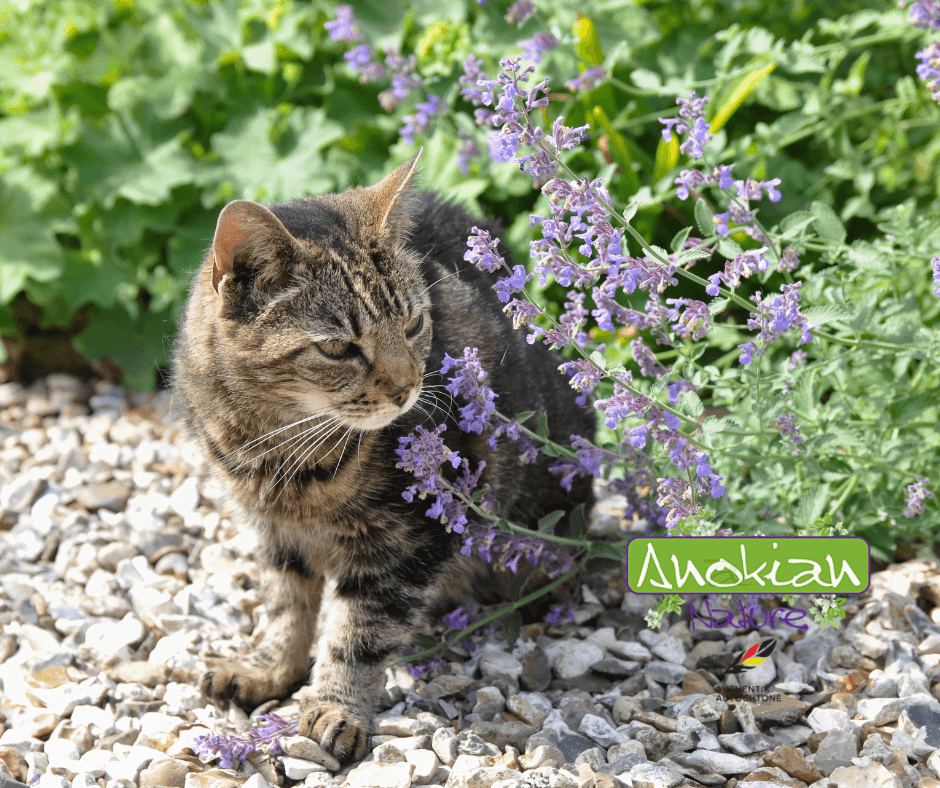Skip to product information










Seed | Catnip
$3.99 CAD
Quantity
Grow catnip, a hardy perennial prized for its medicinal properties and feline appeal. These seeds produce plants with aromatic leaves and purple flowers that attract pollinators.